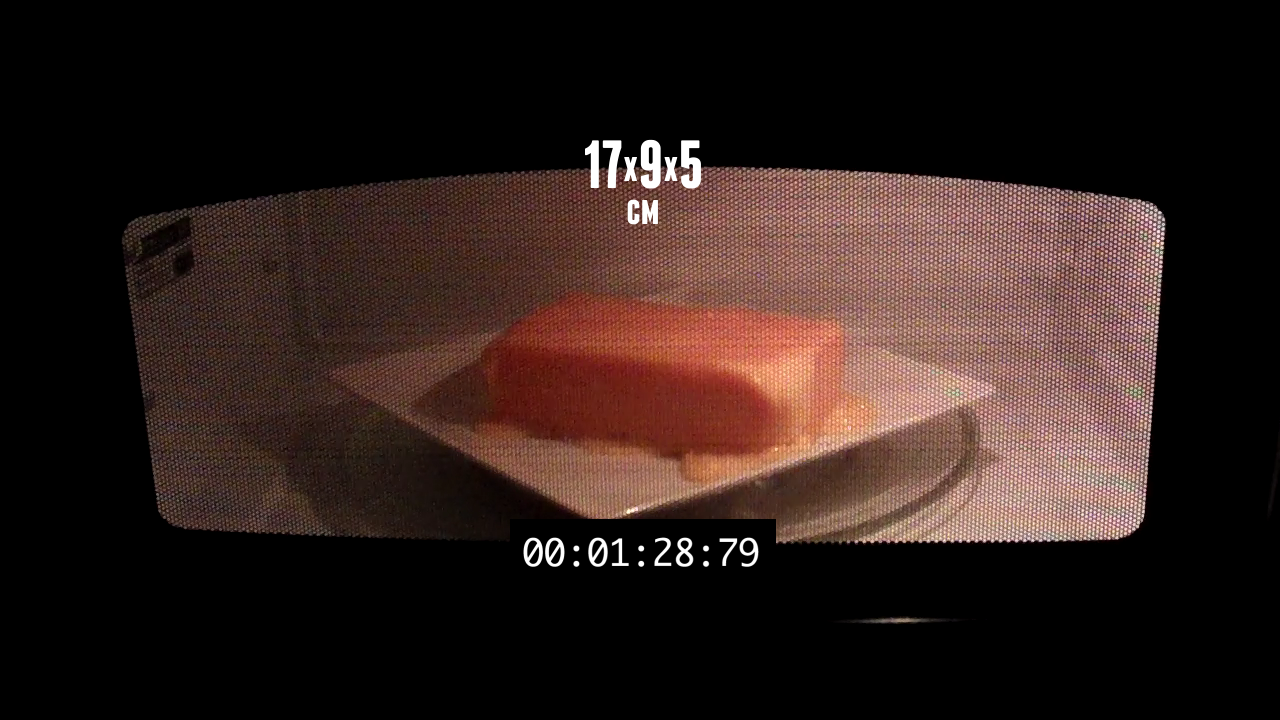Je vous l'ai déjà dit: Dan Meyer me fascine. Voici une de ses dernières folies: modélisation à l'aide de cubes de fromages qui fondent au micro-ondes. À exploiter sans retenue !
Voici le vidéo à partir duquel on regarde l'effet micro-ondes: [vimeo]http://vimeo.com/20212534[/vimeo]
Les données de ces vidéos en format Google Tableur: https://spreadsheets.google.com/ccc?key=0AjIqyKM9d7ZYdDdTYldfWmlaQmR0eldfUUFfSG5vRlE&hl=en#gid=0
Le but: utiliser les données précédentes pour prédire en combien de temps ce morceau prendra à fondre:
Voici ce que Dan Meyer a exploré:
I eyeballed the following models:
melting time v. height of block (I knew this wouldn’t work)
melting time v. surface area
melting time v. volume
melting time v. exposed surface area (ie. excluding the bottom face)
melting time v. ratio of volume to surface area
melting time v. ratio of volume to exposed surface area.
That last one is a remarkably good fit for an exponential (R-squared is like 91% or something) and predicts the big block well also. I just don’t understand it in the context of a microwave. Why does it work?
Et voici l'adresse de tout l'article original: http://blog.mrmeyer.com/?p=9447
